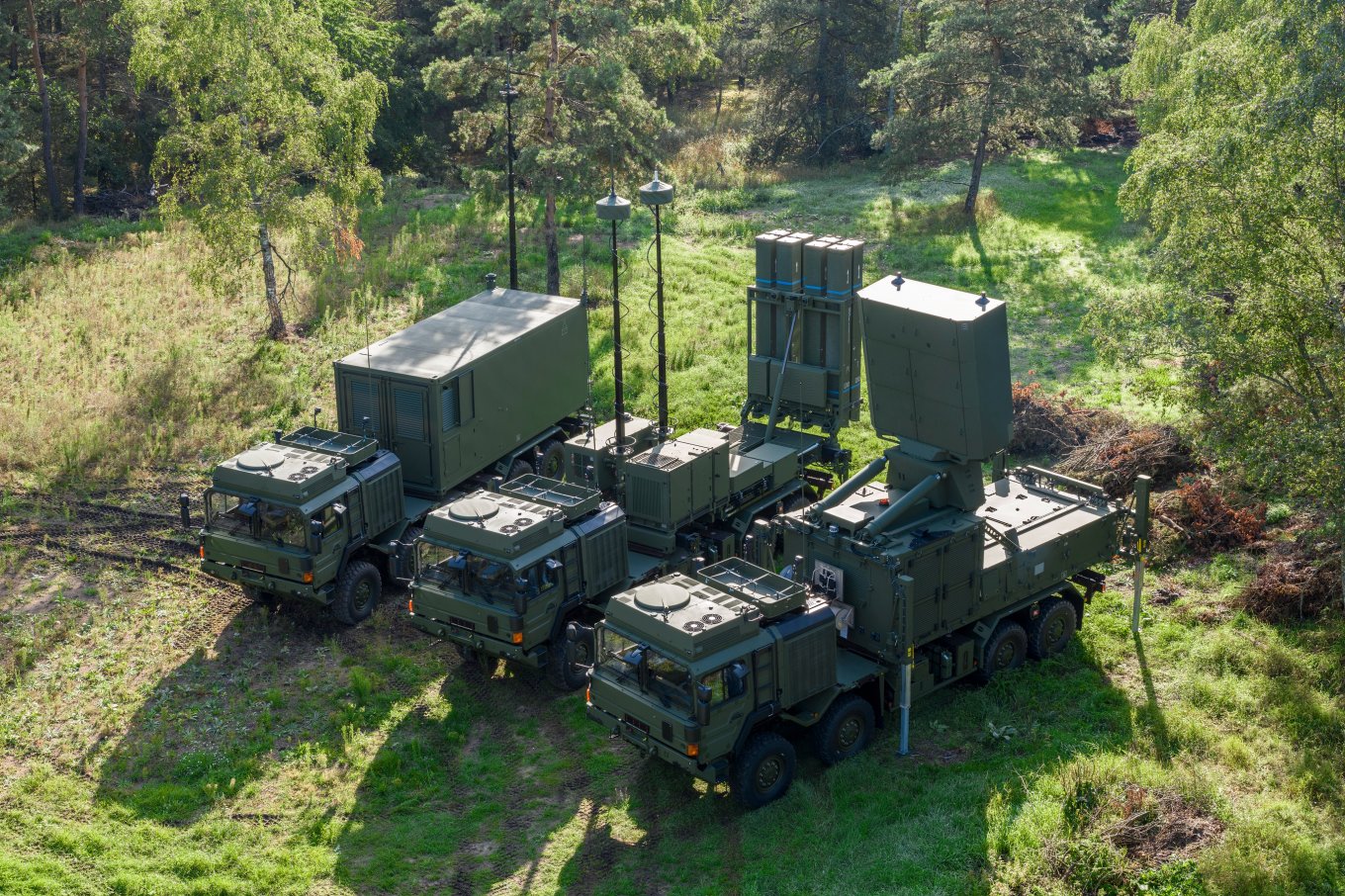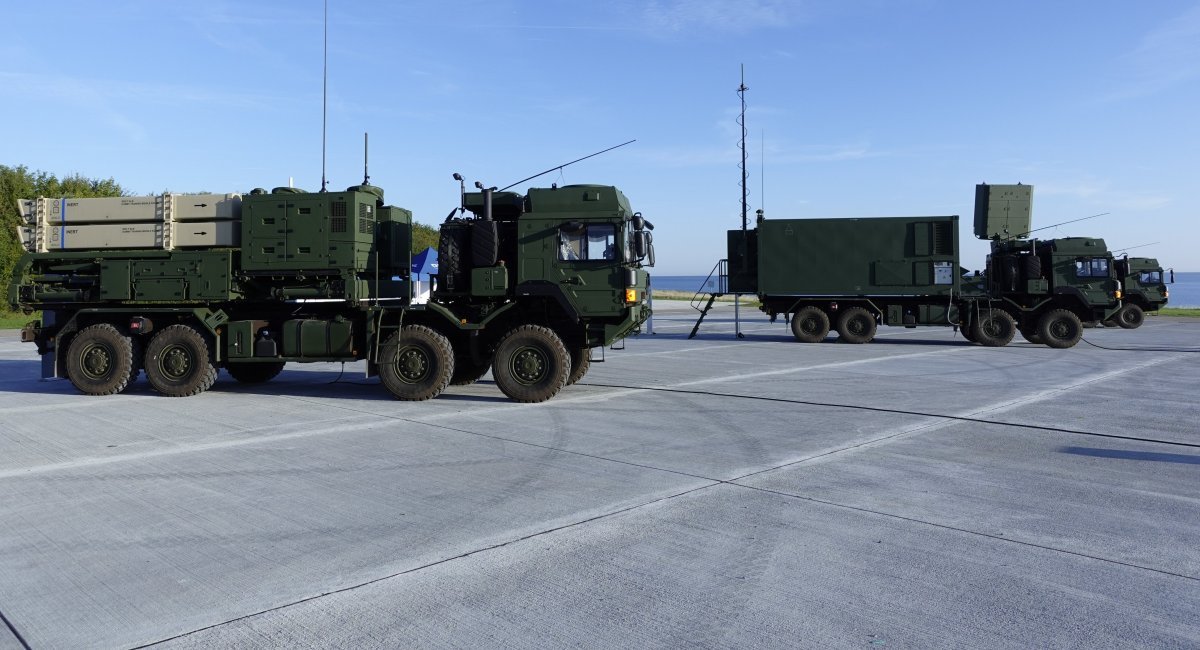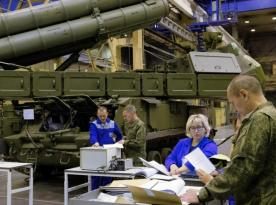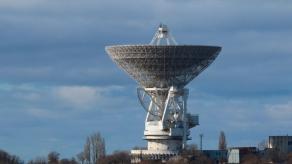The IRIS-T SLM will be enhanced with new software and AI-based solutions, according to a joint statement by Diehl Defence, the system’s developer, and Hensoldt, which supplies the radar.
The integration of artificial intelligence is driven by the increasing complexity and variety of modern aerial threats. In addition to cruise missiles, supersonic and hypersonic missiles, and drones, ballistic missiles have introduced new challenges for air defense systems.
Read more: How Many IRIS-T Systems and Missiles Can Be Procured for €2.2 Billion Under the New Contract for Ukraine?
However, contrary to the assumption that the German companies are aiming to make the IRIS-T capable of directly intercepting ballistic or hypersonic targets, the focus is instead on addressing a different set of operational challenges posed by such threats. Specifically, they aim to enhance the automation of system deployment and redeployment to enable rapid repositioning.

"We are working on fully automated processes and at least partially autonomous vehicles to allow for the fastest possible repositioning, even with limited crew sizes," Diehl Defence stated.
Even this objective remains a long-term goal. The initial steps toward it involve integrating artificial intelligence into the TRML-4D radar to improve target detection. Additional efforts are focused on fusing data from multiple sensors into a single network and developing "AI-supported algorithms and methods for modeling situational awareness and operational planning."
In other words, according to the companies, the first priority is improving threat detection and classification. Only once this capability is reliably established will automation of system displacement become feasible — enabling the unit to evade a potential strike from a ballistic or hypersonic missile.

It is worth noting that current surface-to-air missile systems of this class are practically incapable of evading a missile strike due to the time required for redeployment, which typically takes about 10 minutes. That time window must be drastically reduced. A ballistic missile traveling 300 kilometers reaches its target in about 5 minutes. From that already brief time, moments must be subtracted for detecting the missile, calculating and refining its trajectory, and moving the air defense units away from the projected impact point. In the case of an air-launched hypersonic missile, the available reaction time is even shorter.
That is why automating the process of repositioning to avoid incoming strikes and actively deploying unmanned or optionally manned vehicles as part of the air defense system could indeed be a viable response to such threats.
However, the growing number of ballistic and hypersonic missiles also demands that the IRIS-T SLM itself expand its capabilities. Currently, the system is not equipped to intercept such targets, although it continues to demonstrate maximum effectiveness against aerodynamic threats.
Read more: German IRIS-T SLX Purchase Shows that Missile Production is the Weak Link of Europe's Air Defense














